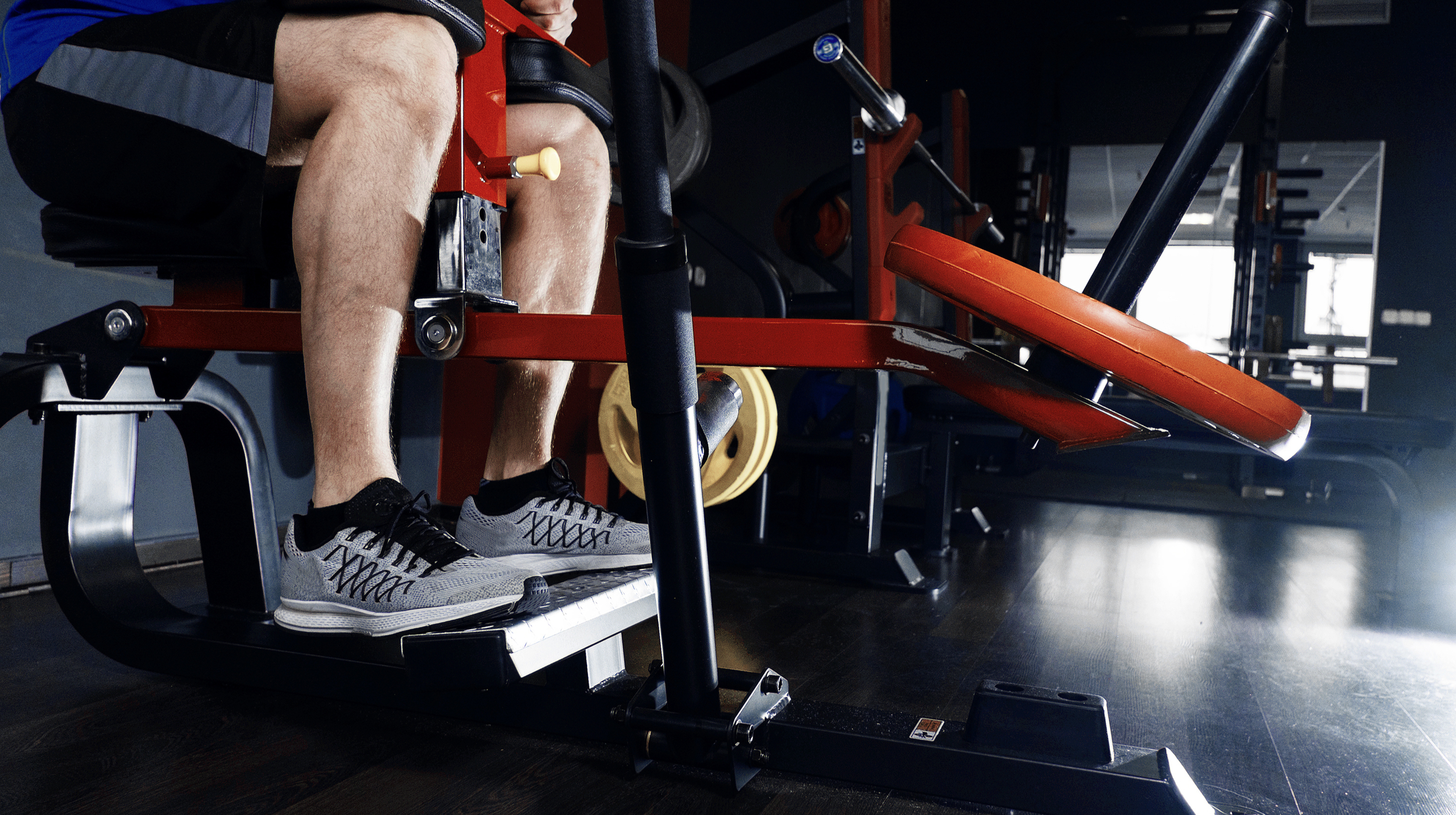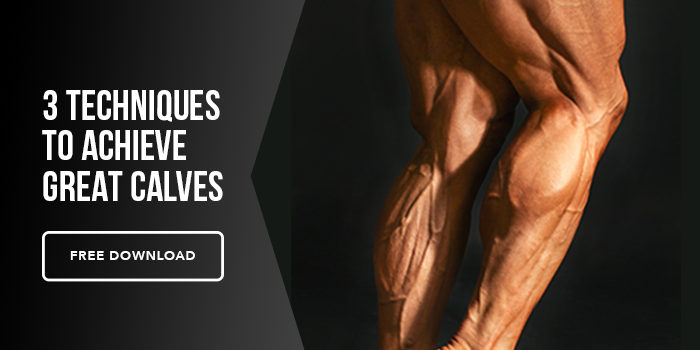One of the more peculiar aspects of fitness “common knowledge” (aka bro-science) is the idea that some body parts are harder to develop and build than others. If you believe this to be true, don’t feel bad, I even fell prey to this myth; and I was a professional fitness trainer. In fact, it took me years to understand that this widespread belief was false. My favorite and most widely believed version of this myth is that calf muscles are the most stubborn and that you had no hope of building calf muscles unless you had the right kind of genetics.
Let’s get the genetics thing out of the way first. Yes, genetics play a massive role in your calf development. This is because genetics play a massive role in ALL muscle development. Although there can be small variances on your body in terms of areas that genetically respond better than others, it pales in comparison to your overall muscle building genetics. In other words, if you have great muscle building genetics, it likely applies to your whole body and not to just one part of your body. If you can build great arms, then you can probably build great legs. I know what you are thinking, “But my arms are massive and my calves are weak looking,” or some version of this. Sure, but this is not due to a huge variance in your calf muscle building genes vs your arm building genes.
I can understand why this is held as truth. Some muscle groups are hard to “connect to.” In order to work a muscle properly you need to be able to connect to and contract said muscle with good control. Try this: connect to and flex your bicep. Most of you reading this probably have no problem doing so. Now try flexing your lats. Much harder. To properly train a muscle for maximum development potential, you need to be able to connect to and control a muscle through a full range of motion. Not being able to fully connect will cause you to engage and activate supporting muscles in ways that will reduce the muscle building effect of the exercise on the muscle you want to target. This is why some people don’t build great glutes (the butt) while doing one of the best glute building exercise of all time, squats. Instead, they may get more quadricep (front of thigh) development. Lack of connection is a problem for all untrained muscle groups, but some tend to pose more challenges. The calves are not in this category. Stand up and stand on your tip toes. Congratulations, you effectively connected to your calf muscles. Although it’s true that anyone can have connection issues to any muscle, it’s unlikely your calves have this issue.
Aside from connection issues, some muscle groups are just plain hard and exhausting (in comparison) to train. There is a huge difference between training the arm muscles (biceps and triceps) to fatigue in an intense workout, vs training the legs (quads and hamstrings). A really hard arm workout might be challenging, but it probably won’t make you want to pass out or vomit. Legs, on the other hand, have a well-deserved reputation for puke inducing and consciousness losing effects. This is one reason why you are far more likely to see guys with well developed and impressive arms and skinny legs than vice versa. The calves aren’t that exhausting or daunting to train. In fact, the calves may actually be one of the easiest muscles to workout hard. If you have small calves and the rest of your body is well developed, it’s probably not because you avoid calf workout because of their difficulty.
It is true that studies will show that calf muscles tend to be made up of more slow twitch muscle fibers than the rest of the body. Your muscles are primarily made up of slow twitch or fast twitch muscle fibers. Slow twitch fibers are great at endurance activities while fast twitch fibers are great at explosive strength type activities. Since muscle size is directly and positively related to explosive strength (bigger muscles contract harder and faster) and is neutrally, or even negatively, related to endurance (in some cases, bigger muscles don’t have as much endurance), then it makes sense that more fast twitch muscle fibers also means more muscle growth potential. However, it’s important to understand that it’s MUCH more complicated than that simple explanation. Slow twitch fibers can behave like fast twitch fibers and essentially “switch over” with the right type of training. Put differently, the natural tendency for calf muscles to be slow twitch dominant can be largely influenced by your training.
Here’s why people think calves are hard to build…
Some muscle groups are simply prized among all others. Men tend to favor big chest and arm development, while women tend to favor leg and glute development. This is probably due to the signals the opposite sex sends using terms of our attractiveness. Body parts that men and women are typically attracted to are what we tend to value and thus train more. Big muscular calves on men simply aren’t valued by women in terms of attractiveness. So long as a guy has regular calf muscles he won’t be docked “physical attractive” points by most women. Men know this, which is why men simply do not prioritize calf training. In my opinion, this is the reason why some people think calves are stubborn. This truth is, they simply have not placed the same amount of time and energy into developing their calves vs the rest of their body.
What body parts do you NEVER skip if you decide to skip? I bet calves are on the bottom of the list. If you added up the amount of sets, reps, and weight that you have thrown at your biceps and chest in your lifetime and compared it to your calves, many of you would see a HUGE disparity. You may be making calves a priority now, but did you always? Most men don’t even train calves for the first few years of working out. I know I didn’t. I didn’t pay attention to my calves for the first 7 years of my lifting career.
If you have calves that don’t match the rest of your body, I have some tips that may help.
-Train your calves with as many sets and reps as your favorite body parts. Better yet, start most of your workouts with calves before other body parts. At least 3 days a week for at least 6 sets each workout.
-Train them with total focus. When training calves, make sure to go from full stretch to full lockout squeeze in every rep.
-BE CONSISTENT. Do NOT miss a single calf workout ever (except if injured or sick).
Above all, be patient. You didn’t build your amazing biceps overnight. It took years. Well you have some catching up to do in the calf department. Follow the tips above and don’t look back. With enough time and work, your calf development will catch up to the rest of your body.






